My Favourite Painting: Harry Christophers
The conductor chooses an image by Botticelli which captures his imagination and inspires his music.
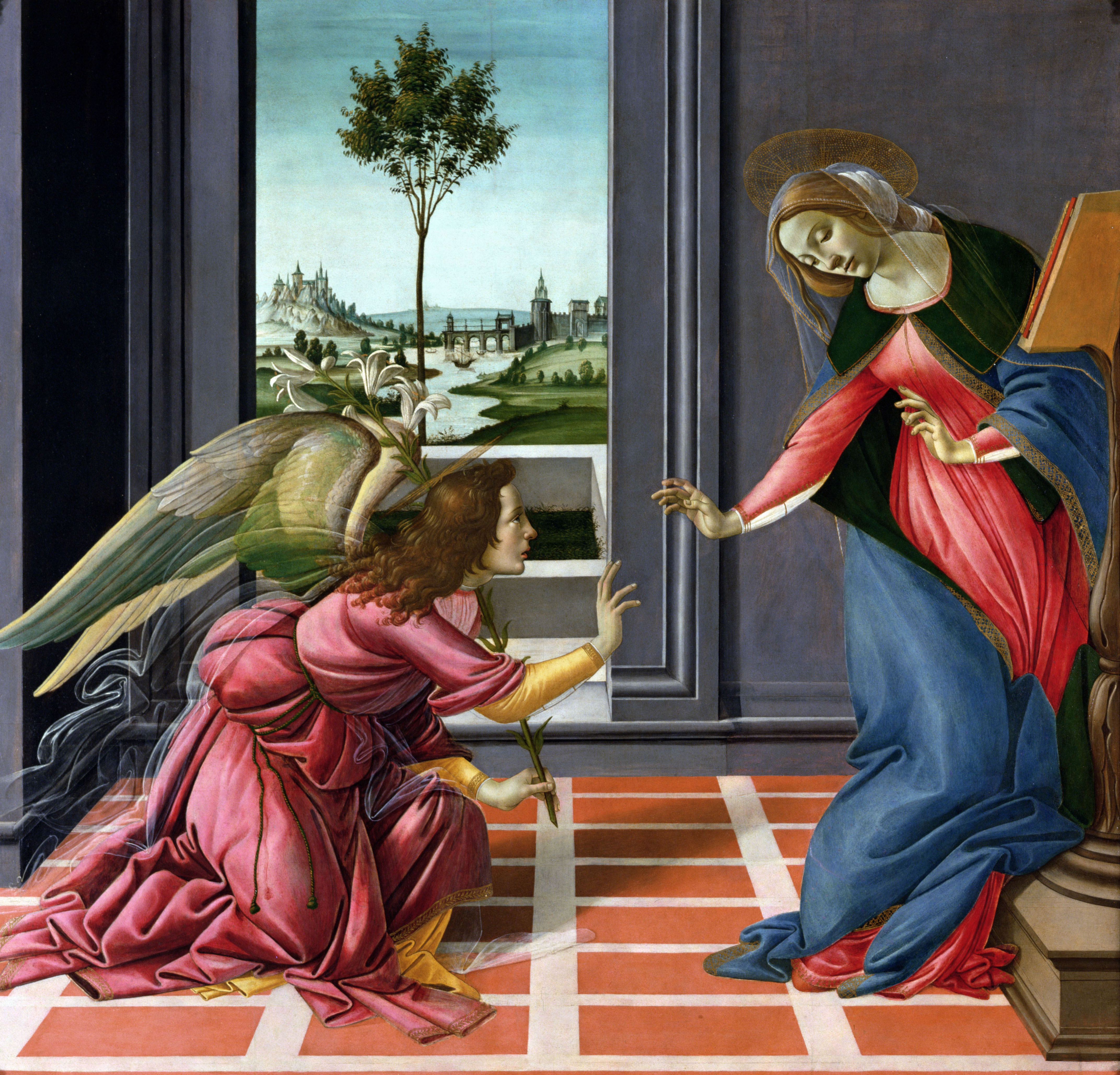

Harry Christophers on Botticelli’s The Cestello Annunciation
‘Much of the music I perform is from the Renaissance and the best is written in praise of the Virgin Mary. The sumptuous nature of that music is reflected in the beauty of Botticelli’s Annunciation. The serenity he conveys as Gabriel appears to Mary is so humbling. Both figures display dance-like lines, the colours are vibrant, their posture exquisitely graceful and Mary’s face is beautiful.
‘It’s also the incidentals that capture my imagination: Gabriel holding the white lily of purity and the way Botticelli draws us into the room to witness this very special “announcement”. We used the relief of the Virgin Mary for our CD cover of Monteverdi’s Vespers. Every time I perform the work, this painting is in my mind.’
Harry Christophers is the founder and conductor of The Sixteen, which celebrates its 40th anniversary this year.
John McEwen comments on The Cestello Annunciation
This picture’s drama is conveyed, but cannot be understood unless one knows what the Annunciation is. Nothing less than the birth of Christianity, the Annunciation is when the angel announces to the unmarried and virginal Mary – in her words, a ‘handmaiden’ of ‘low estate’ from the ‘city’ of Nazareth – that she had been divinely ordained to be the mother of Jesus, son of God.
The fullest account of this truly awesome moment is in Luke 1: 26–56, the account Botticelli illustrates, as the inscription from the Gospel on the frame of his picture shows: ‘The Holy Ghost shall come upon thee and the power of the Most High shall overshadow thee’ and Mary’s reply: ‘Behold the handmaid of the Lord: be it done to me according to thy word.’
The angel’s salutation forms the first words of the Hail Mary prayer known to all Catholics: ‘Hail Mary, full of grace, the Lord is with thee: blessed art thou amongst women.’
Little wonder Mary was frightened at first: ‘And when she saw him, she was troubled at his saying, and cast in her mind what manner of salutation this should be. And the angel said unto her, Fear not, Mary: for thou hast found favour with God.’
Sign up for the Country Life Newsletter
Exquisite houses, the beauty of Nature, and how to get the most from your life, straight to your inbox.
In the picture, daily life proceeds unaware of the earth-shattering event. The new influence of Netherlandish painting on Italian artists is undeniable, with the turreted schloss and green and watery northern landscape.
The importance of the Annunciation is perhaps under-acknowledged, because its feast day is March 25, which falls either in Lent or at Easter.
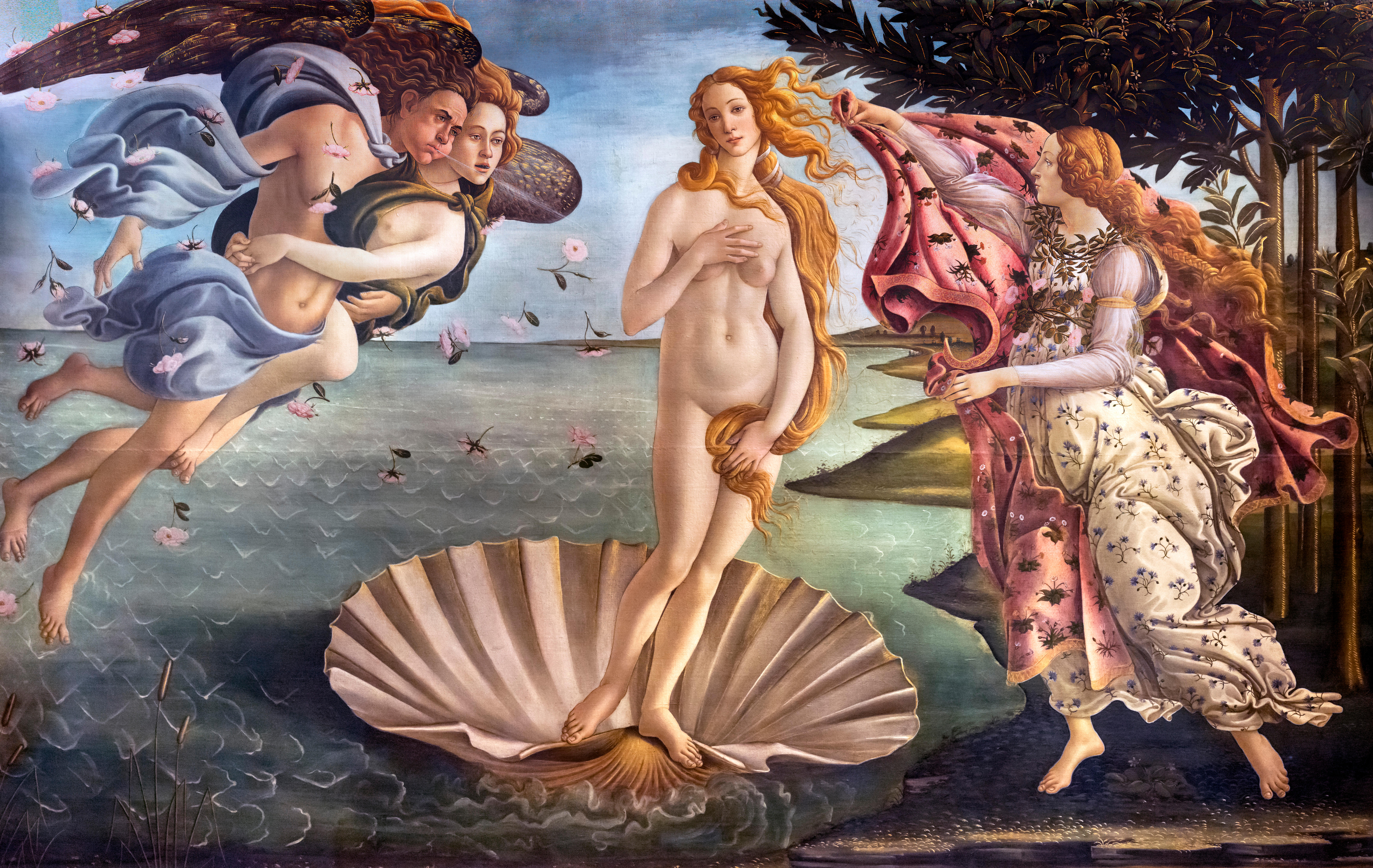
My favourite painting: Sophie Conran
Sophie Conran chooses her favourite painting for Country Life
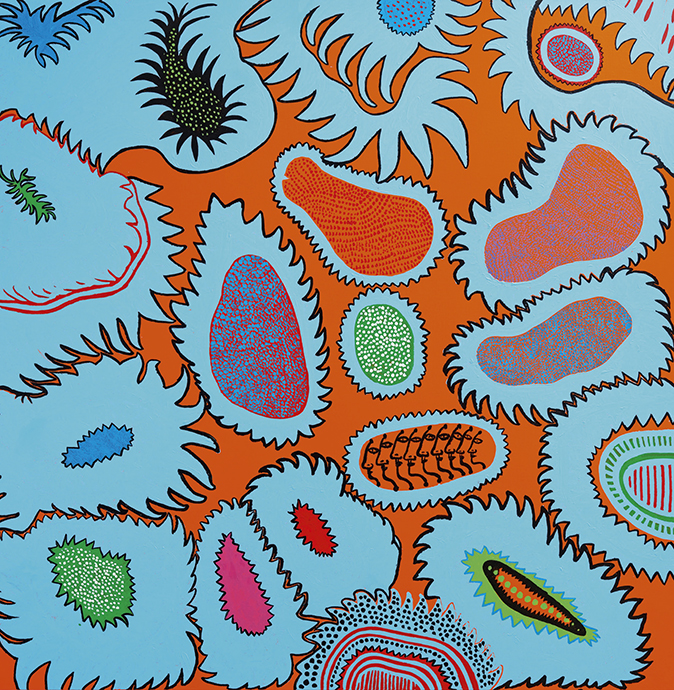
My favourite painting: Abi Morgan
'Kusama balances the bonkers with the beautiful'
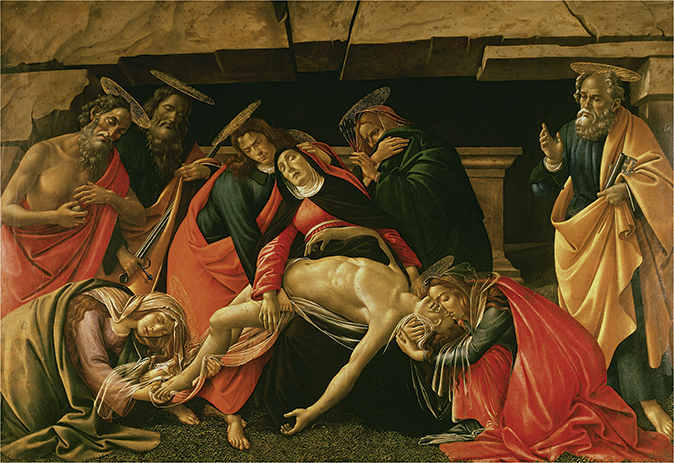
My favourite painting: Paula Rego
'It’s a very dynamic and complex composition.'
Country Life is unlike any other magazine: the only glossy weekly on the newsstand and the only magazine that has been guest-edited by HRH The King not once, but twice. It is a celebration of modern rural life and all its diverse joys and pleasures — that was first published in Queen Victoria's Diamond Jubilee year. Our eclectic mixture of witty and informative content — from the most up-to-date property news and commentary and a coveted glimpse inside some of the UK's best houses and gardens, to gardening, the arts and interior design, written by experts in their field — still cannot be found in print or online, anywhere else.
-
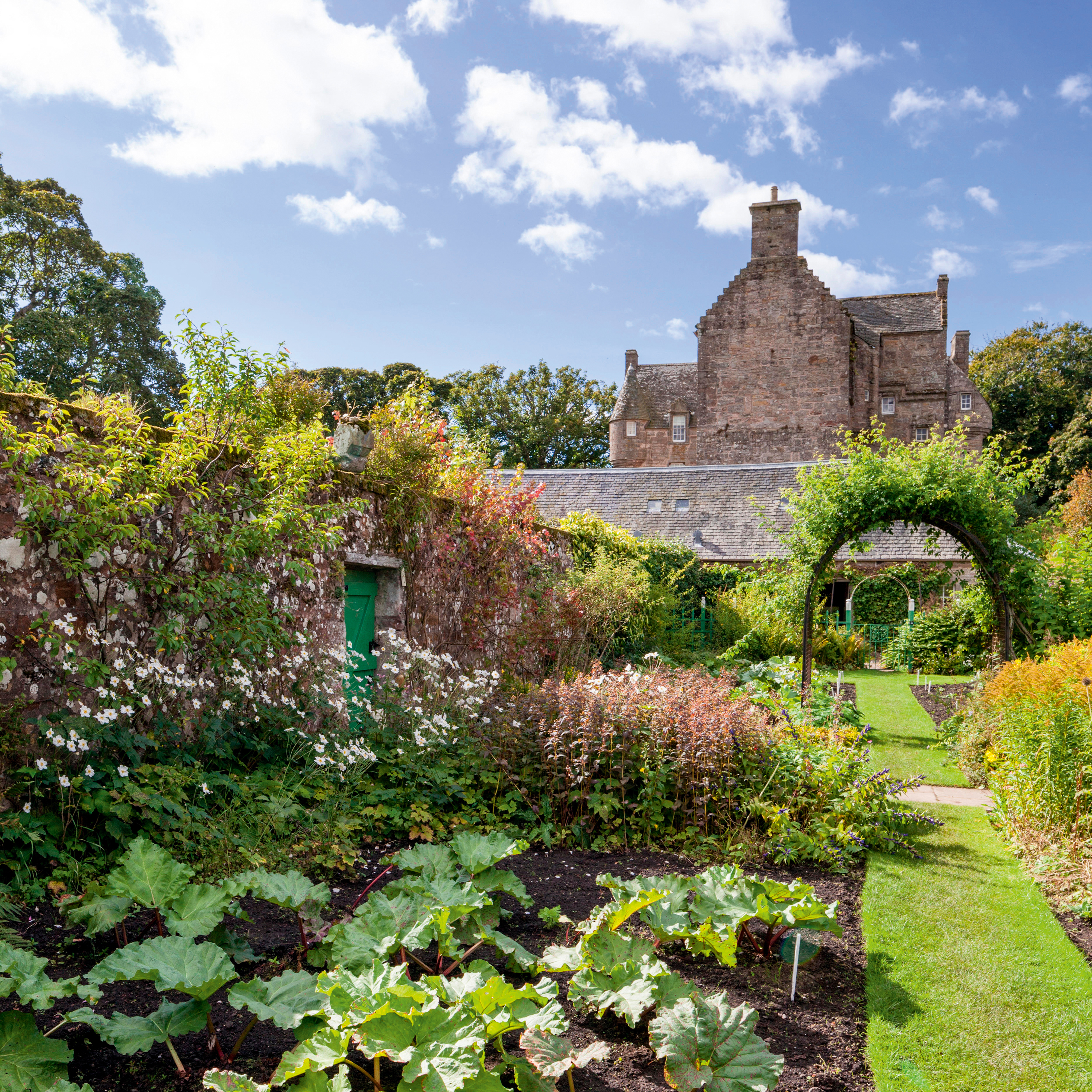 Alan Titchmarsh: 'It’s all too easy to become swamped by the ‘to-do’ list, but give yourself a little time to savour the moment'
Alan Titchmarsh: 'It’s all too easy to become swamped by the ‘to-do’ list, but give yourself a little time to savour the moment'Easter is a turning point in the calendar, says Alan Titchmarsh, a 'clarion call' to 'get out there and sow and plant'.
By Alan Titchmarsh
-
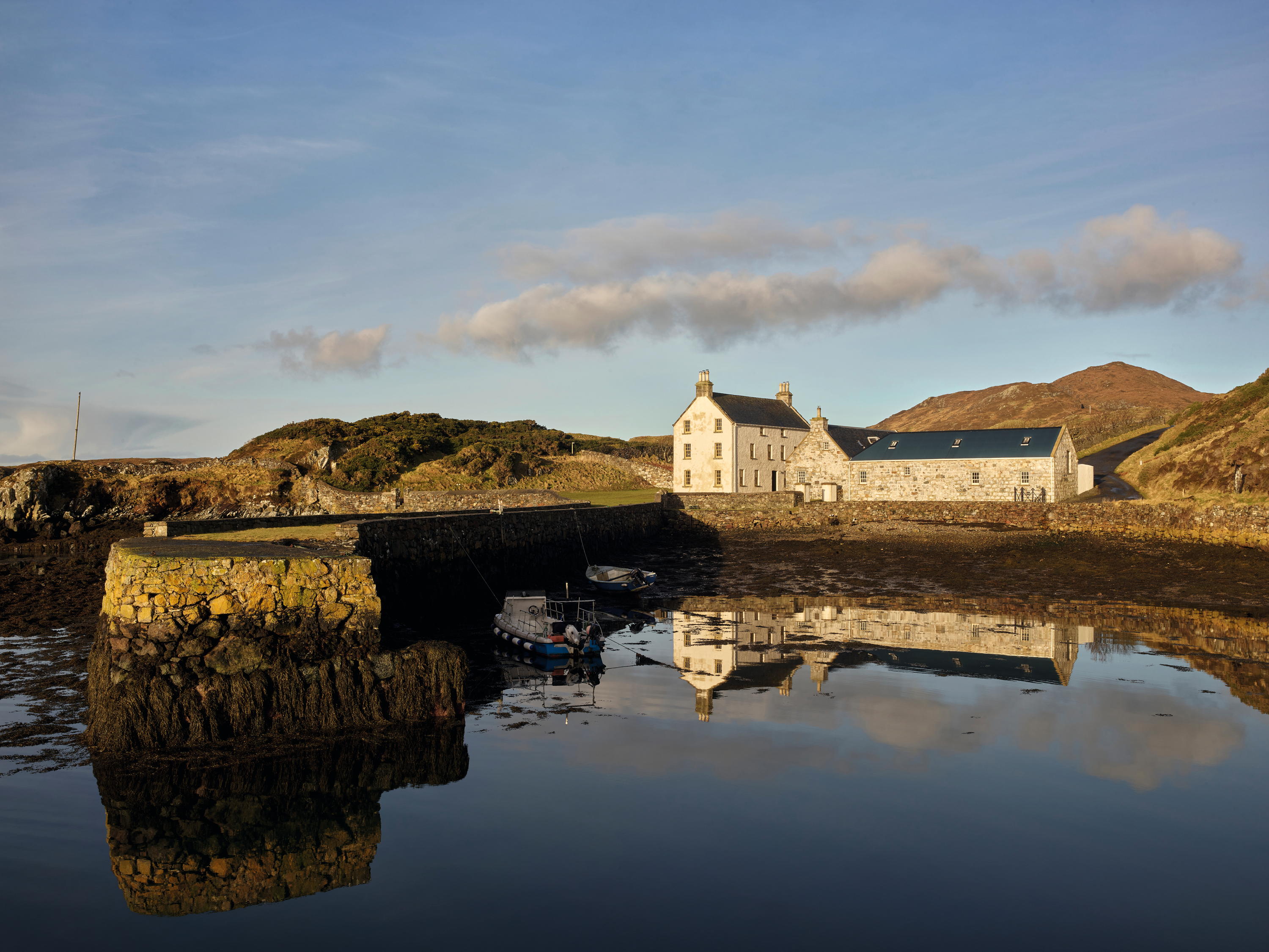 Rodel House: The Georgian marvel in the heart of the Outer Hebrides
Rodel House: The Georgian marvel in the heart of the Outer HebridesAn improving landlord in the Outer Hebrides created a remote Georgian house that has just undergone a stylish, but unpretentious remodelling, as Mary Miers reports. Photographs by Paul Highnam for Country Life.
By Mary Miers